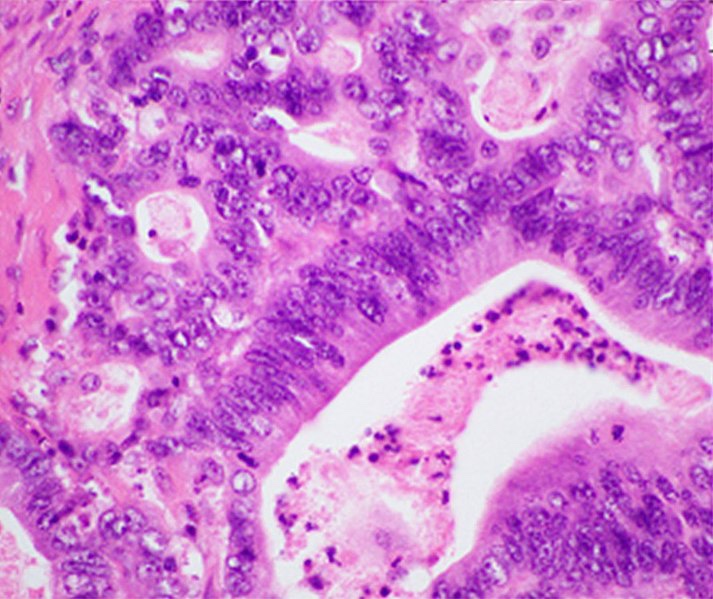When PDA (pancreatic ductal adenocarcinoma) cancer cells form in the body, the extracellular matrix is remodeled to create an immunosuppressive environment which is rigid and poorly perfused. Through the normalization of these matrices, therapeutic treatments can be administered more effectively which makes the replication and synthesis of such models instrumental to the development of the efficacies of remedial treatments.
As a result, a team from the Cancer Research UK Manchester Institute has developed a synthetic hydrogel-based model for pancreatic organoids that aims to replicate the extracellular microenvironments of both normal and pancreatic cancer cells in vitro.
To formulate a working prototype, they analyzed 10 normal and 12 tumorous pancreatic samples using liquid chromatography with tandem mass spectrometry and identified 83 proteins that were relevant to the structural function of the matrix. Through the comparison of the matricellular proteins involved in cellular adhesion, they found that the proteins fibronectin (FN), versican, and laminin-332 were upregulated in cancerous cells. Additionally, they found that the proteins laminin 521 and types 1 & 4 collagen were abundant in both normal and cancerous cells, highlighting the potential importance of matrisomal components in PDA development.
To form the gel, researchers used an eight-arm PEG-based hydrogel system through a network of peptides to help mimic the environment in which PDA organelles could develop. They found that contrary to traditional assays that were supported through FN-mimicking peptides, the use of collagen-mimicking peptides helped to increase the variety of murine pancreatic cancer organoids (mPCOs) that were supported by the hydrogel system. This change has allowed for the increased the growth efficiency of the organoids and supports the efficacy of their microenvironment.
Researchers also found that their models were able to support stromal co-cultures as they were able to replicate phenotypes of elongated, mesenchymal-structured fibroblasts that were similar to what they would find in vivo. The morphology data of tested species were consistent with myCAF, iCAF and apCAF (cancer-associated fibroblasts) subsets and illustrated that the environments they developed were able to successfully mirror those of live specimens. These results support the idea that stromal cells in the synthetic setting are able to display relevant phenotypes that are consistent with in vivo models.
The University of Manchester-led study found that their new scaffold models were not only able to replicate the stiffness range of both cancerous and normal tissue but were also able to facilitate the growth of associated organoids and induced stromal samples. The researchers hope that their research will help other scientists replicate essential cell-ECM interactions as well as grow cultures of epithelial and stromal cells to help facilitate growth of organoids to better understand the mechanisms behind PDA and its development.
This article is based on the following sources and clinical studies.
– Below, C.R., Kelly, J., Brown, A. et al. (2021, September 13). A microenvironment-inspired synthetic three-dimensional model for pancreatic ductal adenocarcinoma organoids. https://doi.org/10.1038/s41563-021-01085-1
– Tayao, M. (2016, March 16). Loss of BAP1 Expression Is Very Rare in Pancreatic Ductal Adenocarcinoma. https://dx.doi.org/10.1371%2Fjournal.pone.0150338
Hans is a Neuroscience and Biology student at the University of Florida. As an undergraduate researcher, he is working to achieve an MD/PhD and is passionate in his dream to increase accessibility to the exciting new developments in the biomedical sector.
